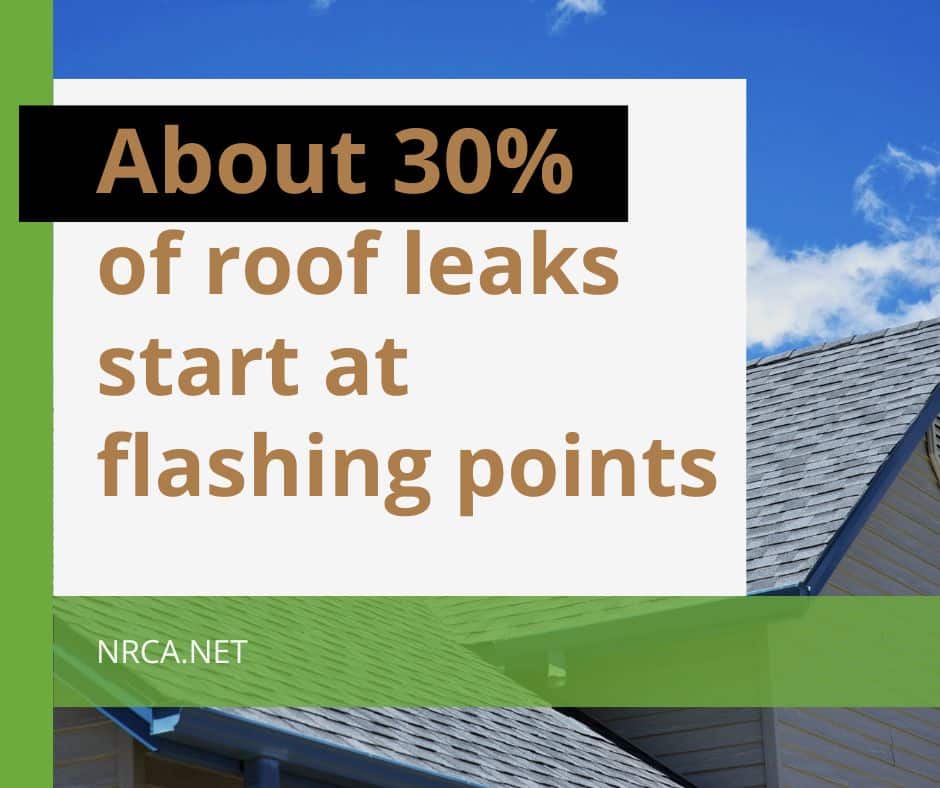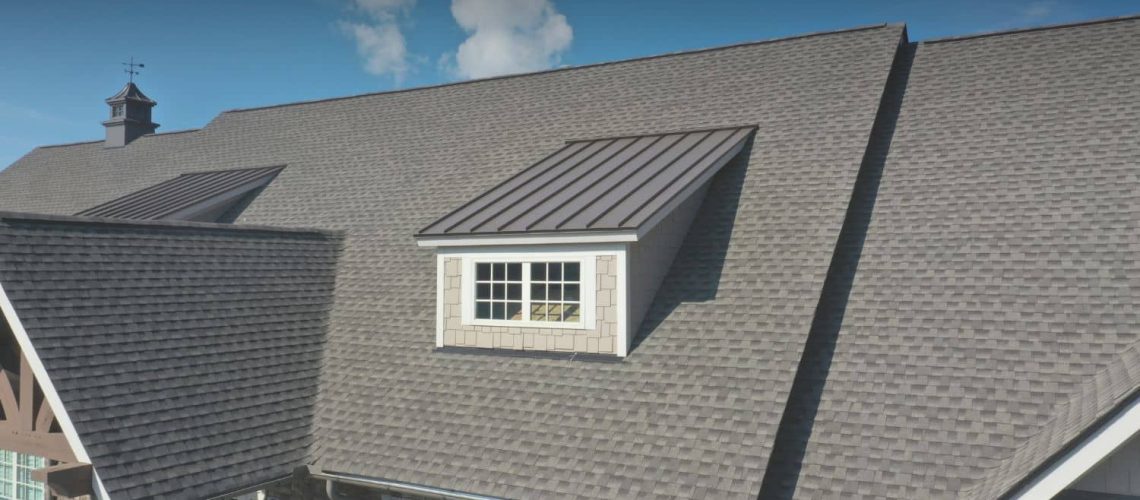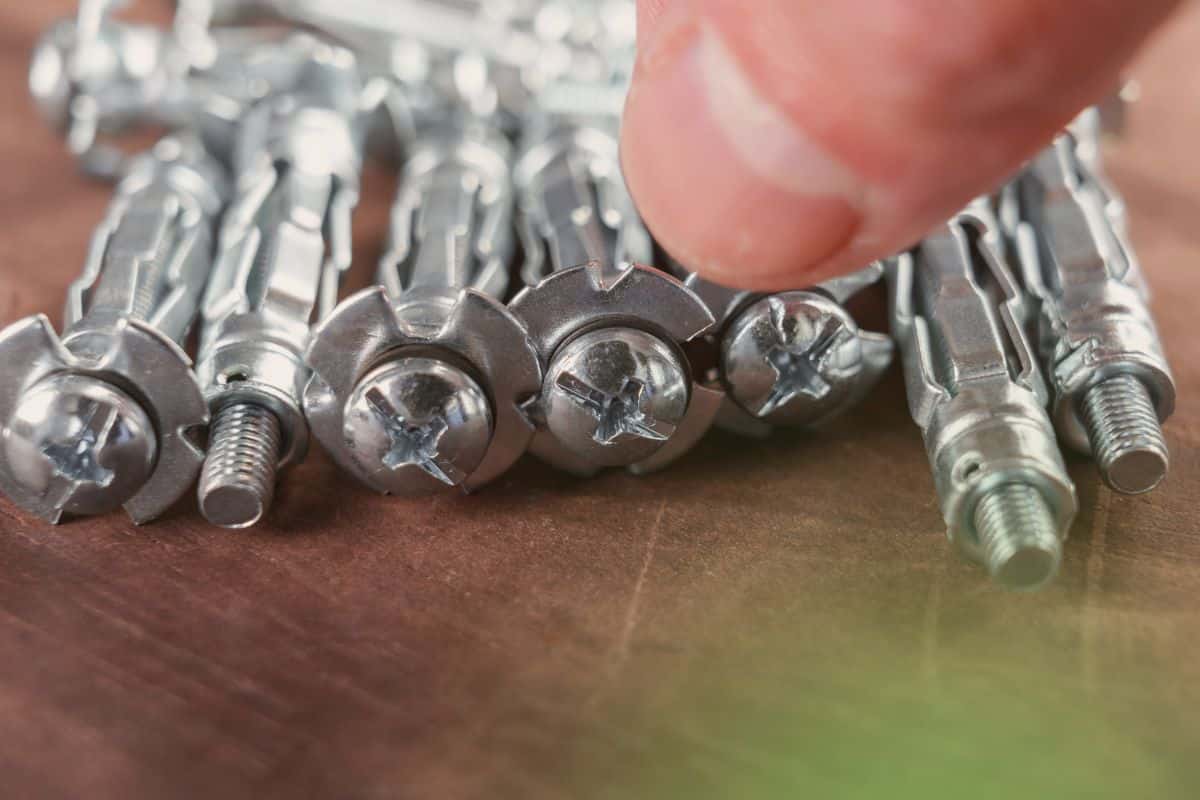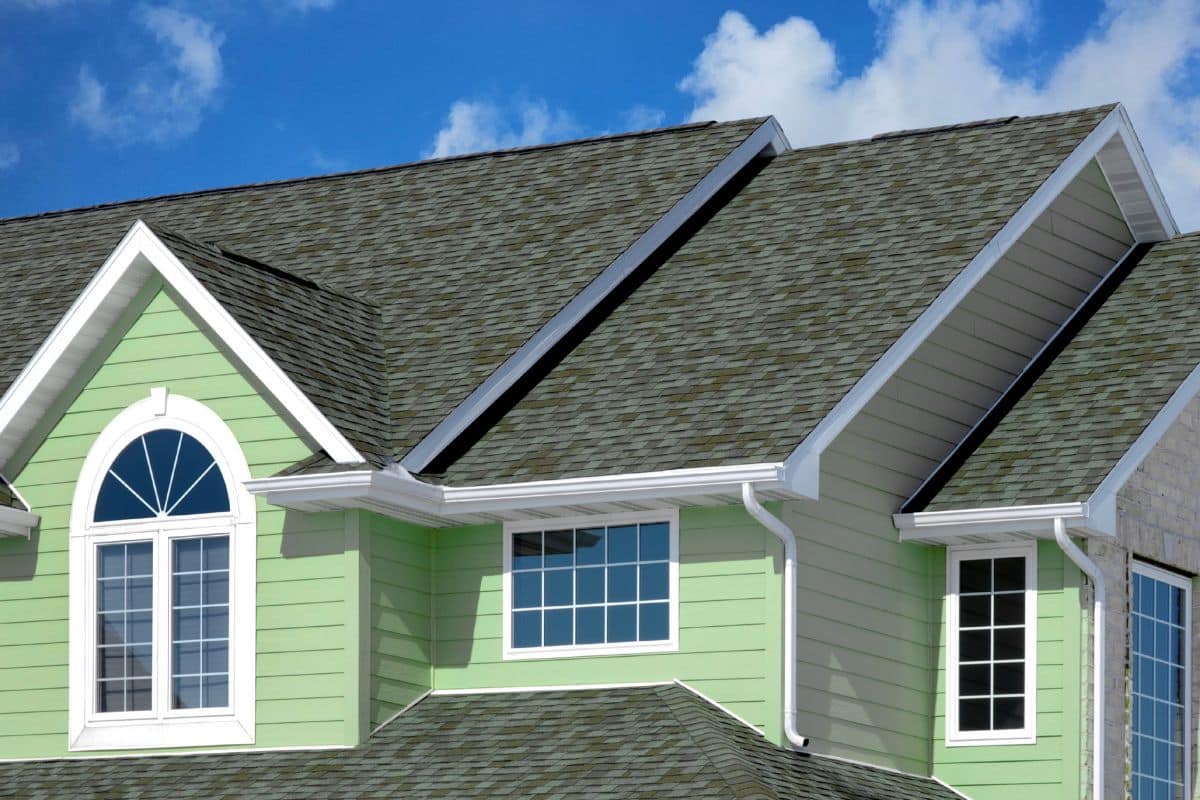Your roof protects everything beneath it — from your furniture to your foundation. And its shape plays a major role in how well it sheds water, resists wind, and weathers the seasons. Some shapes are easier (or harder) to maintain, and knowing the difference helps you stay ahead of problems.
Whether you are buying, selling, or caring for a home, knowing the common roof shapes and what they need can help you spot trouble early and avoid costly repairs.
Table of Contents
ToggleCommon Shapes, How They Function, and What They Need
Most homes have one of a few common roof designs. Each shape impacts how water drains, how the roof handles wind, and where potential weak points may form over time.
It also affects what inspectors look for — and what kind of maintenance can help prevent future damage.
Gable roofs
Gable roofs have two sloping sides that meet at a ridge to form a triangle. This design is popular because it sheds water and snow effectively and is cost-efficient to build.
However, gable roofs can be more vulnerable to wind damage along the ridges and edges. According to the Insurance Institute for Business & Home Safety (IBHS), high winds can lift shingles at these points, which makes routine inspection important, especially in storm-prone areas.
During an inspection, we look for loose or missing shingles, gaps in flashing, and clear soffits and vents to reduce moisture buildup in the attic.
Hip roofs
Hip roofs have slopes on all four sides that meet at the top, creating a more wind-resistant shape than gable roofs.
The Federal Emergency Management Agency (FEMA) notes that hip roofs generally perform better in high-wind regions, but the valleys where slopes join can be vulnerable to leaks if flashing is worn or damaged.
It’s imperative for inspectors to focus on these junction points and the condition of gutters and downspouts to ensure runoff is properly managed.
Gambrel roofs
Gambrel roofs, often seen on barn-style or historic homes, have two slopes on each side with the lower slope steeper than the upper.
This design provides more usable attic or living space but creates additional joints where water can infiltrate if not well sealed.
While inspecting, we pay close attention to these slope transitions and to the flashing around any dormers or additions. These areas are prone to leaks if flashing fails or shingles are damaged.
Mansard roofs
Mansard roofs have double slopes on all sides, with steep lower slopes that maximize top-floor space. The complexity of this roof style adds more seams and joints, which are common sources of water intrusion.
We understand the importance of checking the condition of flashing, seams, and the steep lower sections, especially around windows or dormers. These features often need more maintenance to stay watertight over time.
Flat and low-slope roofs
Flat and low-slope roofs are common on modern homes and additions. These roofs require extra attention because water drains slowly, increasing the risk of pooling and leaks. Standing water for as little as 48 hours can significantly raise the risk of leaks and membrane failure.
During inspections, drains and scuppers are checked for debris blocking water flow or signs of ponding water and membrane wear.
Across all roof shapes, trimming overhanging trees and keeping gutters clean helps prevent water-related damage. The National Roofing Contractors Association recommends inspecting roofs twice a year and after major storms to catch small issues before they become bigger problems.

Shape, Lifespan, and Home Sales
The lifespan of a roof depends mainly on the materials used and how well the roof is maintained. But shape plays a part too. Roofs that shed water quickly, like gable and hip roofs, tend to have fewer moisture-related problems if kept in good repair. Flat roofs or those with complex designs often need closer attention to drainage and sealing.
According to the National Association of Home Builders, asphalt shingle roofs last about 20 to 30 years. Metal, tile, and slate roofs can last longer, sometimes 50 years or more, especially with regular care.
A roof in good condition gives buyers peace of mind. A roof with visible damage or signs of poor maintenance can lead to requests for repairs or credits during negotiation. Lenders may also require roof repairs before approving a loan.
For sellers, addressing roof concerns before listing helps avoid surprises during the inspection process. A well-maintained roof supports a smoother transaction and stronger offers.
When to Call a Pro
Wherever you call home, you should call a professional inspector if you notice…
• Water stains on ceilings or walls inside
• Shingles that are missing, cracked, or curling
• The roofline looks uneven or sagging
• Moss, algae, or plant growth on the roof
• Leaks during or after rain
In storm-prone areas like Texarkana, it is also smart to have a roof inspected after major weather events. Local roofers understand regional weather challenges and can provide targeted advice on repairs or upgrades.
Conclusion
Want peace of mind about your roof? Schedule a home inspection with our expert team today — we’ll help you spot issues before they turn into expensive repairs.
If you are buying, selling, or just want a professional opinion, Inspection Gator provides detailed evaluations to help you plan your next steps with confidence.





